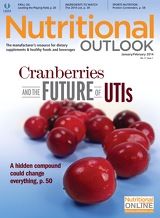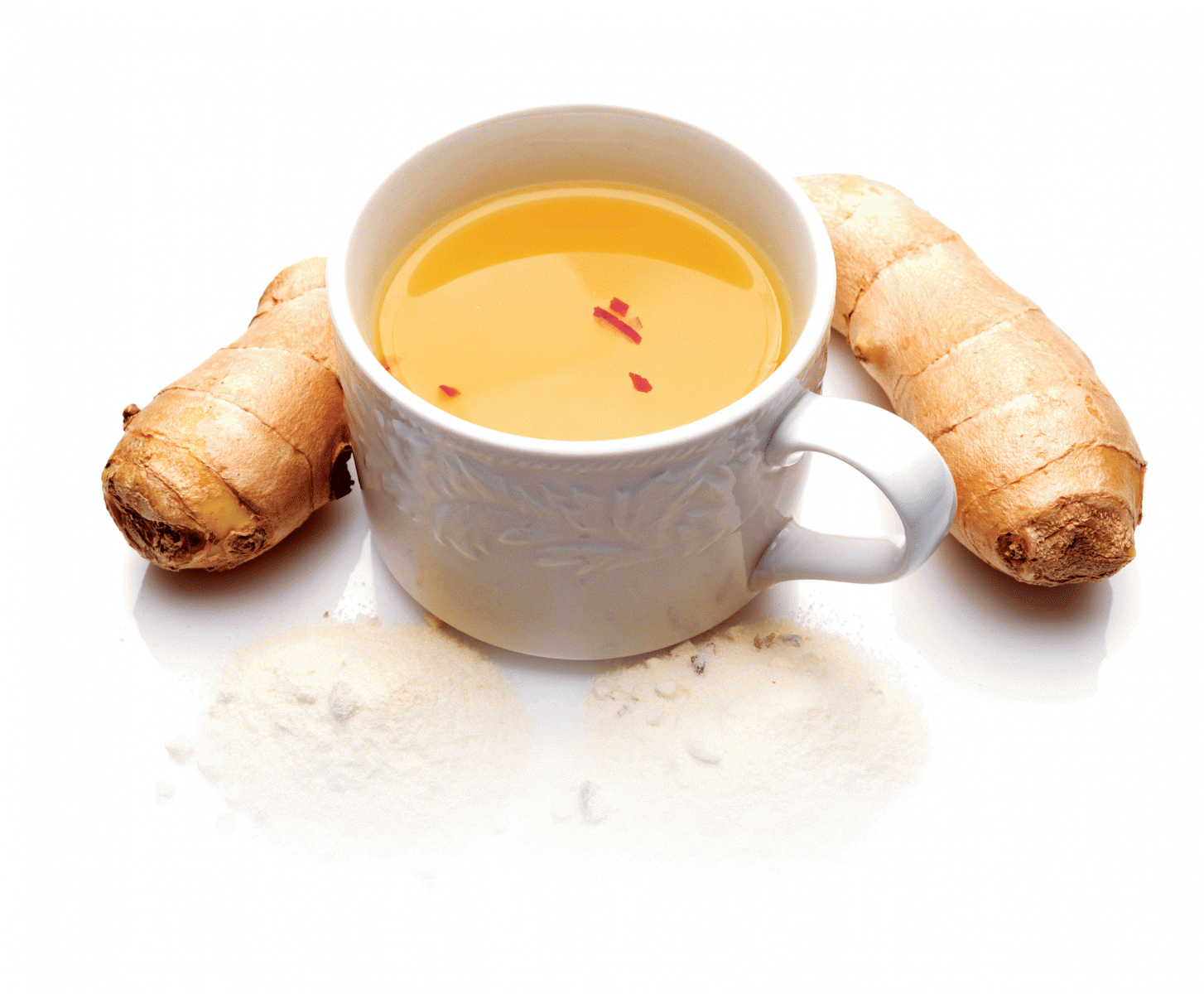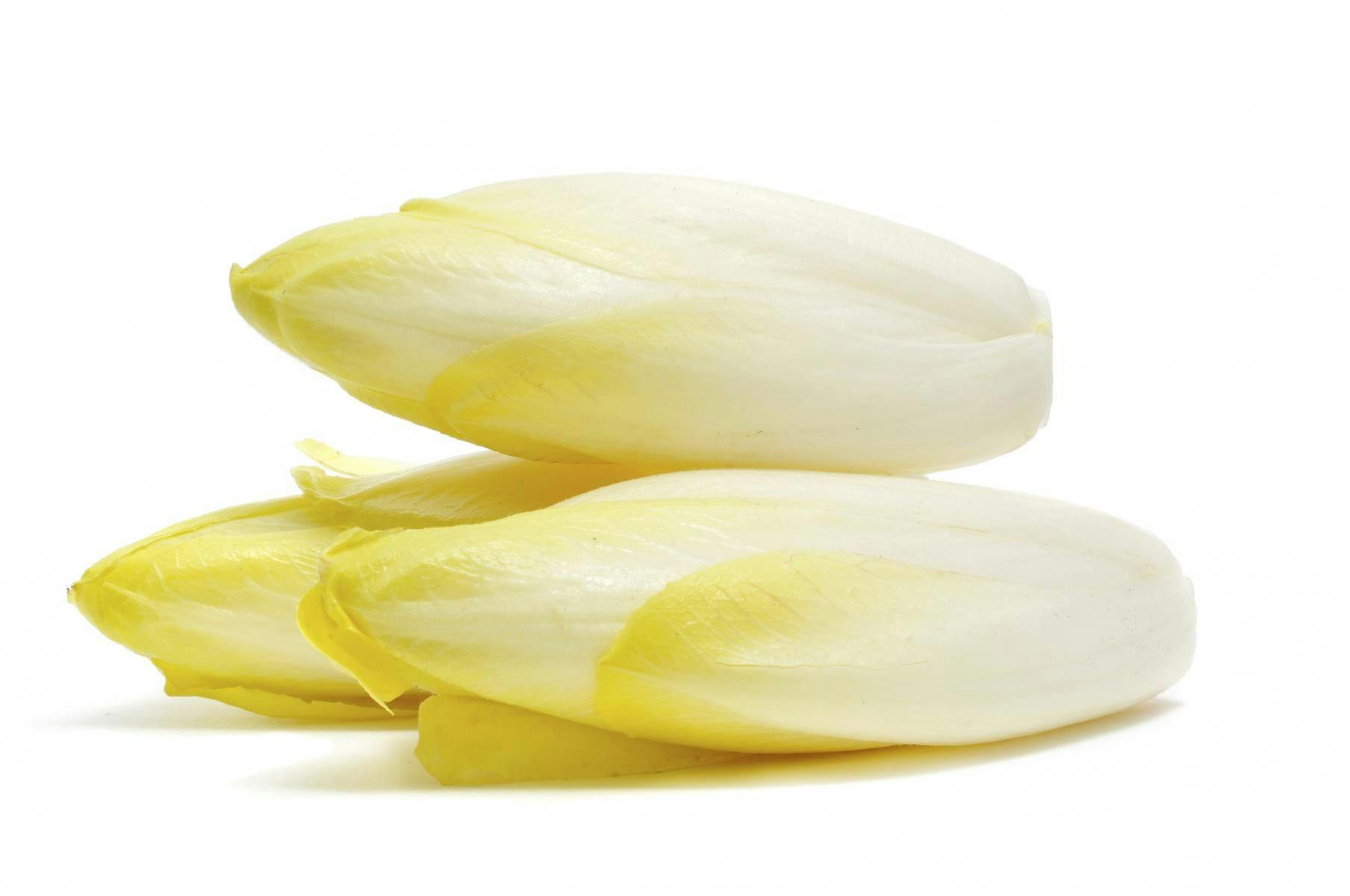Yes to More Acacia Gum
An FDA ruling lets manufacturers use more acacia gum and label it as a fiber.
Before the end of 2013, FDA published a final rule to expand the safe use of acacia gum in foods and beverages. The rule became effective December 6, 2013.
Also known as gum arabic, acacia gum has been consumed around the world for centuries. It’s a sap extracted from the stems and branches of acacia trees, many of which are commercially grown in Africa. As a hydrocolloid, acacia gum can act as an emulsifier and improve mouthfeel of foods and beverages. But call it a fiber, and the ingredient gets a lot more attention.
Applications
Thanks to the rule’s petitioner, acacia gum supplier Nexira (Rouen Cedex, France), FDA is increasing maximum use levels for acacia gum in breakfast cereals, cereal bars, baked goods, soups that are not subject to meat or poultry regulations-even alcoholic beverages.
Acacia gum helps manufacturers with emulsification of oil and water, adhesion characteristics (e.g. sticking spices to nuts), and product mouthfeel. But the ingredient also contains fiber, and this fiber can be used more effectively than that of other gums.
“With other gums, high usage levels can result in undesirable textures, therefore they are not usually looked at as a source of added fiber,” says Josh Brooks, president of Gum Technology Inc. (Tucson, AZ). “Since acacia gum does not start to impart viscosity until it makes up 20% or more of a product, it can be used as a significant fiber source.“ Understanding this and acacia gum’s strong safety record, FDA is increasing maximum usage levels that could pave the way for high-fiber products based largely on acacia gum. For example, manufacturers can now increase their use of acacia gum in grain-based cereal bars, granola bars, and rice cereal bars to as much as 35% of the final product.
The added benefit is that manufacturers can also now call acacia gum a fiber instead of just an emulsifier or texture agent. The new characterization should be preferable to consumers who so often relate fiber to “healthy” or “good for me.”
Sourcing
To understand how the world gets its acacia gum, one must look to the Sahel region of Africa, a dry, desert landscape comprising many acacia-producing countries, most notably Chad, Senegal, Nigeria, and Sudan (the world’s leading acacia gum exporter). It’s what some industry experts call “the gum belt.”
Gum suppliers don’t expect FDA’s ruling to significantly impact supply or prices of acacia gum, but that’s not to say this market isn’t potentially volatile. Two unusual events nearly compromised the acacia gum market in recent history. Rumors that Osama Bin Laden held stake in Sudanese acacia gum production led to public boycotts of acacia gum products in 2001, and Sudan’s U.S. ambassador to Washington threatened to halt acacia gum exports as a response to U.S. sanctions on the country in 2007.
Like any plant, a number of factors can also influence the composition of acacia gum. Differences in weather and soil from various acacia-harvesting countries can lead to differences in acacia gum quality and fiber content. One feature that does appear somewhat consistent, however, is that acacia gum is usually grown through organic standards of practice. Suppliers say the high price of obtaining certification is often the only reason for marketing non-organic acacia gum.
Safety
Tree sap isn’t necessarily a conventional food product (maple syrup exempted), but FDA backs its ruling with a hefty amount of safety and toxicological data. Much of the data is historic-including a 1982 National Toxicology Program report on two-year carcinogenic feeding studies and a 1990 positive evaluation from the Food and Agriculture Organization and the World Health Organization-but two new studies reassure FDA’s position. A 2004 review for cosmetic products found acacia gum is safe and not allergenic, and results of a clinical trial on acacia gum consumption in humans, at 50 g daily, detected only mild physiological effects from the ingredient.
Future Use
Even though acacia is just beginning its fiber status in the United States, some suppliers are already positioning the ingredient more specifically as prebiotic fiber. Early research is compelling, with a study on Nexira’s Fibregum brand acacia gum showing significant improvements in good-for-you, bifidogenic bacteria levels from just 10 days of acacia gum consumption. Only further time and investment will tell just what this little sap can do.
Robby Gardnerâ¨
Associate Editorâ¨
Nutritional Outlook magazine
â¨robby.gardner@ubm.com

The Nutritional Outlook Podcast Episode 39: Nutritional Outlook's Ingredients to Watch in 2025
February 25th 2025In this episode, Nutritional Outlook interviews Scott Dicker, market insights director from market researcher SPINS, about ingredients and product categories nutraceutical and nutrition product manufacturers should watch in 2025.

.png&w=3840&q=75)

.png&w=3840&q=75)



.png&w=3840&q=75)



.png&w=3840&q=75)


















